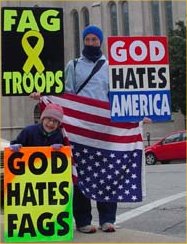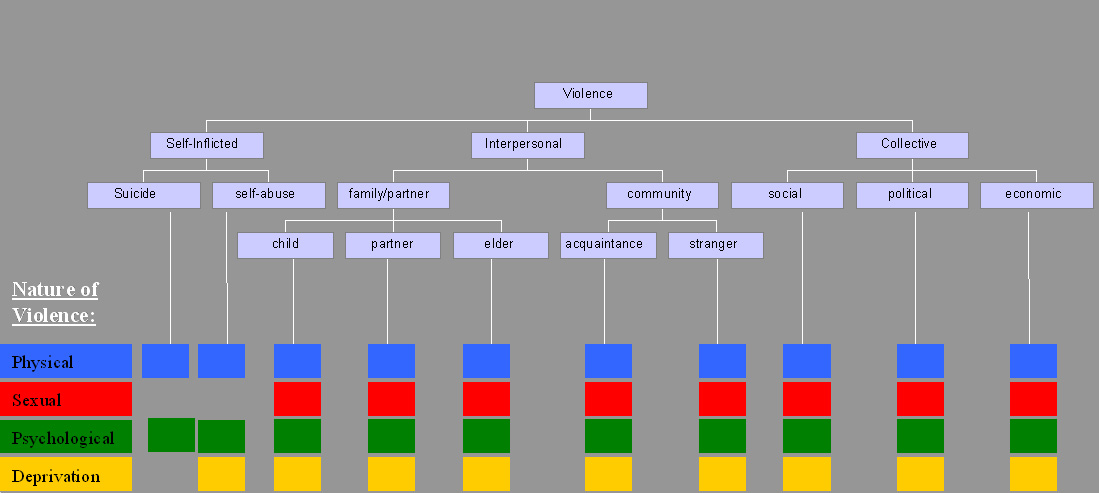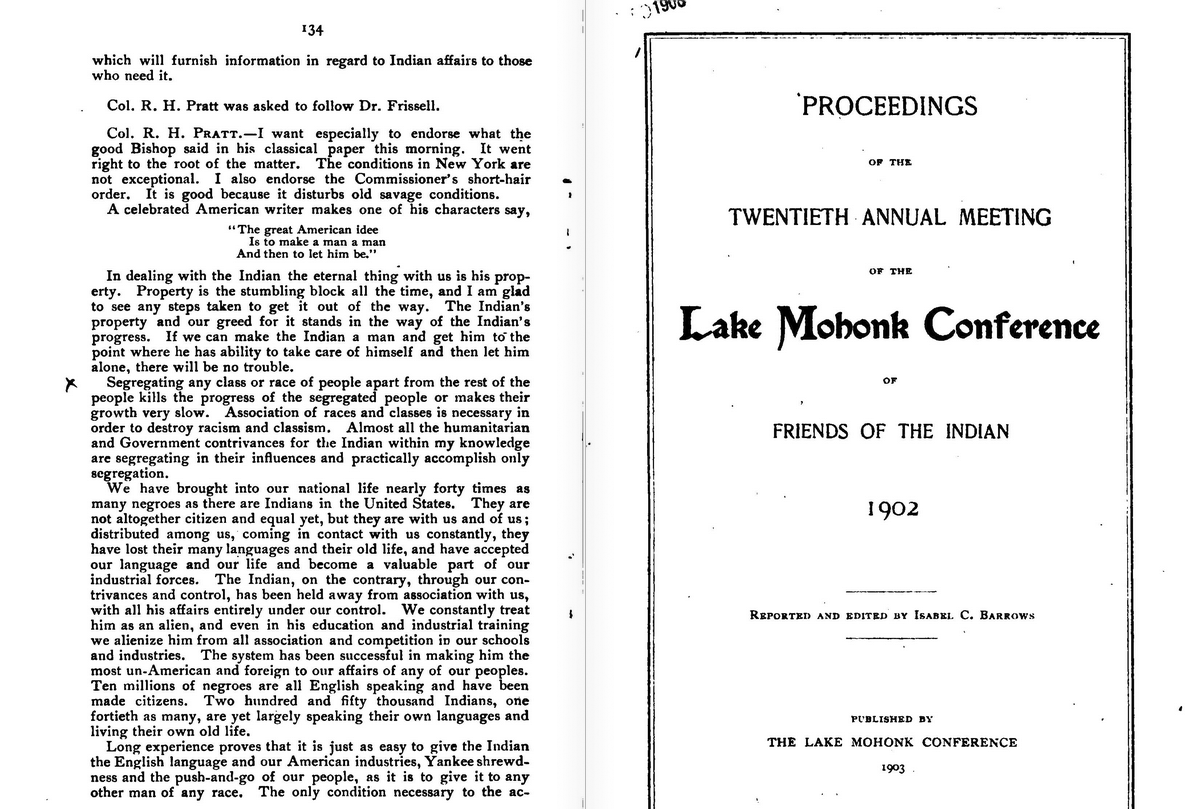|
Kiki (gathering)
"Kiki" (alternately ''kiking'' or ''a ki''), a term which started in ballroom culture, and was also for decades used in lesbian lingo to refer to a woman who was neither butch nor femme. The use of kiki as a gathering was later made more famous in the 2012 song " Let's Have a Kiki" by the Scissor Sisters. Since the 2010s, the term has returned to popular usage within the LGBT community, being loosely defined as a gathering of friends for the purpose of gossiping and chit-chat. History Now referring to a social gathering, kiki developed as categorizations within different queer subcultures of ballroom culture as well as a mid-century American lesbian scene. The uses of this term thus all have historical ties to the LGBT community. The word ''kiki'' first evolved from the French word meaning to “to choke” or “to throttle.” In the 1930s, the word was used to describe gay men who took on either dominant or submissive roles when sexual relations arose. From the 1940s, th ... [...More Info...] [...Related Items...] OR: [Wikipedia] [Google] [Baidu] |
Ball Culture
The Ballroom scene (also known as the Ballroom community, Ballroom culture, or just Ballroom) is an African-American and Latino underground LGBTQ+ subculture. The scene traces its origins to the drag balls of the mid-19th century United States, such as those hosted by William Dorsey Swann, a formerly enslaved Black man in Washington D.C.. By the early 20th century, integrated drag balls were popular in cities such as New York, Chicago, New Orleans, Baltimore, and Philadelphia. In the mid-20th century, as a response to racism in integrated drag spaces, the balls evolved into house ballroom, where Black and Latino attendees could "walk" in a variety of categories for trophies and cash prizes. Most participants in ballroom belong to groups known as "houses", where chosen families of friends form relationships and communities separate from their families of origin, from which they may be estranged. The influence of ballroom culture can be seen in dance, language, music, and p ... [...More Info...] [...Related Items...] OR: [Wikipedia] [Google] [Baidu] |
Hispanic And Latino Americans
Hispanic and Latino Americans are Americans who have a Spaniards, Spanish or Latin Americans, Latin American background, culture, or family origin. This demographic group includes all Americans who identify as Hispanic or Latino (demonym), Latino, regardless of Race and ethnicity in the United States census, race. According to the United States Census Bureau, U.S. Census Bureau, an estimated 65,219,145 Hispanics and Latinos were living in the United States in 2023, representing approximately 19.5% of the total Demographics of the United States, U.S. population that year, making them the Race and ethnicity in the United States, second-largest group after the Non-Hispanic whites, non-Hispanic White population. "Origin" can be viewed as the ancestry, nationality group, lineage or country of birth of the person or the person's parents or ancestors before their arrival in the United States of America. People who identify as Hispanic or Latino may be of any race, because similarly ... [...More Info...] [...Related Items...] OR: [Wikipedia] [Google] [Baidu] |
Homelessness
Homelessness, also known as houselessness or being unhoused or unsheltered, is the condition of lacking stable, safe, and functional housing. It includes living on the streets, moving between temporary accommodation with family or friends, living in boarding houses with no security of tenure, and people who leave their homes because of civil conflict and are refugees within their country. The legal status of homeless people varies from place to place. Homeless enumeration studies conducted by the government of the United States also include people who sleep in a public or private place that is not designed for use as a regular sleeping accommodation for human beings. Homelessness and poverty are interrelated. There is no standardized method for counting homeless individuals and identifying their needs; consequently, most cities only have estimated figures for their homeless populations. In 2025, approximately 330 million people worldwide experience absolute homelessness, lac ... [...More Info...] [...Related Items...] OR: [Wikipedia] [Google] [Baidu] |
Homophobia
Homophobia encompasses a range of negative attitudes and feelings toward homosexuality or people who identify or are perceived as being lesbian, Gay men, gay or bisexual. It has been defined as contempt, prejudice, aversion, hatred, or antipathy, may be based on irrational fear and may sometimes be attributed to religious beliefs.* * * * * Homophobia is observable in critical and hostile behavior such as discrimination and Violence against LGBTQ people, violence on the basis of sexual orientations that are non-heterosexual. Recognized types of homophobia include ''institutionalized'' homophobia, e.g. religious homophobia and state-sponsored homophobia, and ''internalized'' homophobia, experienced by people who have same-sex attractions, regardless of how they identify. According to 2010 Hate Crimes Statistics released by the FBI National Press Office, 19.3 percent of hate crimes across the United States "were motivated by a sexual orientation bias." Moreover, in a Southern ... [...More Info...] [...Related Items...] OR: [Wikipedia] [Google] [Baidu] |
Violence
Violence is characterized as the use of physical force by humans to cause harm to other living beings, or property, such as pain, injury, disablement, death, damage and destruction. The World Health Organization (WHO) defines violence as "the intentional use of physical force or power, threatened or actual, against oneself, another person, or against a group or community, which either results in or has a high likelihood of resulting in injury, death, psychological harm, maldevelopment, or deprivation"; it recognizes the need to include violence not resulting in injury or death. Categories The World Health Organization (WHO) divides violence into three broad categories: self-directed, interpersonal, and collective. This categorization differentiates between violence inflicted to and by oneself, by another individual or a small group, and by larger groups such as states. Alternatively, violence can primarily be classified as either instrumental or hostile. Self-in ... [...More Info...] [...Related Items...] OR: [Wikipedia] [Google] [Baidu] |
Poverty
Poverty is a state or condition in which an individual lacks the financial resources and essentials for a basic standard of living. Poverty can have diverse Biophysical environment, environmental, legal, social, economic, and political causes and effects. When evaluating poverty in statistics or economics there are two main measures: ''absolute poverty'' which compares income against the amount needed to meet basic needs, basic personal needs, such as food, clothing, and Shelter (building), shelter; secondly, ''relative poverty'' measures when a person cannot meet a minimum level of living standards, compared to others in the same time and place. The definition of ''relative poverty'' varies from one country to another, or from one society to another. Statistically, , most of the world's population live in poverty: in Purchasing Power Parity, PPP dollars, 85% of ... [...More Info...] [...Related Items...] OR: [Wikipedia] [Google] [Baidu] |
Racism
Racism is the belief that groups of humans possess different behavioral traits corresponding to inherited attributes and can be divided based on the superiority of one Race (human categorization), race or ethnicity over another. It may also mean prejudice, discrimination, or antagonism directed against other people because they are of a different ethnic background. Modern variants of racism are often based in social perceptions of biological differences between peoples. These views can take the form of social actions, practices or beliefs, or political systems in which different races are ranked as inherently superior or inferior to each other, based on presumed shared inheritable traits, abilities, or qualities. There have been attempts to legitimize racist beliefs through scientific means, such as scientific racism, which have been overwhelmingly shown to be unfounded. In terms of political systems (e.g. apartheid) that support the expression of prejudice or aversion in discri ... [...More Info...] [...Related Items...] OR: [Wikipedia] [Google] [Baidu] |
AIDS
The HIV, human immunodeficiency virus (HIV) is a retrovirus that attacks the immune system. Without treatment, it can lead to a spectrum of conditions including acquired immunodeficiency syndrome (AIDS). It is a Preventive healthcare, preventable disease. It can be managed with treatment and become a manageable chronic health condition. While there is no cure or vaccine for HIV, Management of HIV/AIDS, antiretroviral treatment can slow the course of the disease, and if used before significant disease progression, can extend the life expectancy of someone living with HIV to a nearly standard level. An HIV-positive person on treatment can expect to live a normal life, and die with the virus, not of it. Effective #Treatment, treatment for HIV-positive people (people living with HIV) involves a life-long regimen of medicine to suppress the virus, making the viral load undetectable. Treatment is recommended as soon as the diagnosis is made. An HIV-positive person who has an ... [...More Info...] [...Related Items...] OR: [Wikipedia] [Google] [Baidu] |
Willi Ninja
William Roscoe Leake (April 12, 1961 – September 2, 2006), better known as Willi Ninja, was an American dancer and choreographer known for his appearance in the documentary film '' Paris Is Burning''. Ninja specialized in voguing and was a fixture of ball culture at Harlem's drag balls who took inspiration from sources as far-flung as Fred Astaire and the world of haute couture to develop a style of dance and movement. He caught the attention of ''Paris Is Burning'' director Jennie Livingston. The film served as a springboard for Ninja. He parlayed his appearance into performances with a number of dance troupes and choreography gigs. In 1989, Ninja starred in the music video for Malcolm McLaren's song " Deep in Vogue", which sampled the then-unfinished movie. Ninja was a member of the LGBT community who died of AIDS complications in 2006. Early life Born at Long Island Jewish Medical Center in New Hyde Park, New York, Willi was a self-taught dancer and was perfecting his ... [...More Info...] [...Related Items...] OR: [Wikipedia] [Google] [Baidu] |
Angie Xtravaganza
Angie Xtravaganza (October 17, 1964 – March 31, 1993) was a co-founder and Mother of the House of Xtravaganza. A prominent transgender performer in New York City, New York City's Ball culture, gay ball culture, Xtravanganza featured in the acclaimed 1990 documentary film ''Paris Is Burning (film), Paris is Burning''. Early life Xtravaganza was born in New York City, one of 13 children born to a Puerto Rican-American family in the South Bronx. From the age of 13, she nurtured a family of "children" on the Christopher Street Pier, Christopher Street piers and Times Square, primarily made up of those who had been rejected by their own families; they referred to her as "Ma". Xtravaganza ran away from home when she was 14 years old, and began doing drag and competing in balls in 1980 at the age of 16. It was on the Christopher Street piers where she first met Hector Xtravaganza, with whom she would later found their eponymous house. House of Xtravaganza In 1982, the House of Xt ... [...More Info...] [...Related Items...] OR: [Wikipedia] [Google] [Baidu] |
Dorian Corey
Dorian Corey (June 6, 1937 – August 29, 1993) was an American drag performer and fashion designer. She appeared in ''Wigstock'' and was featured in Jennie Livingston's 1990 documentary '' Paris Is Burning''. Early life and education Corey was born in Buffalo, New York to Franklin Legg and Mary Fox Clark out of wedlock, though they later married on October 18, 1947. Dorian was born male, but later realized that she was a trans woman. Raised on a farm in Buffalo, Dorian began performing in drag, when leaving the city of Buffalo. In the 1950s, Corey worked as a window dresser at Hengerer's, then moved to New York City to study art at Parsons. Career In the 1960s, Corey toured as a snake dancer in the Pearl Box Revue, a cabaret drag act. She was one of four performers who appeared on the 1972 Pearl Box Revue LP ''Call Me MISSter''. Corey founded the House of Corey, which holds over 50 grand prizes from vogue balls. She was a mother to Angie Xtravaganza who is feat ... [...More Info...] [...Related Items...] OR: [Wikipedia] [Google] [Baidu] |
Pepper LaBeija
Pepper LaBeija (November 5, 1948 – May 14, 2003) was an American drag queen and fashion designer. She was known as "the last remaining queen of the Harlem drag balls". Early life and career Born in the Bronx in 1948, Pepper LaBeija first arrived on New York city's gay ballroom scene in the late-1960s and eventually became head of the House of LaBeija in 1981. While not identifying as a woman, LaBeija had breast implants and preferred the feminine pronoun ''she''. LaBeija remained the head of the house (known as "the Mother") until her death in 2003. As the head of the House, LaBeija spoke openly about the importance of providing support and guidance to young gay men arriving on the scene after being alienated from their families. LaBeija was known for Egyptian-inspired runway performances and won approximately 250 ballroom trophies over the course of her career. Outside of performing, Labeija earned a living producing drag balls and teaching modeling. Later years and death ... [...More Info...] [...Related Items...] OR: [Wikipedia] [Google] [Baidu] |







